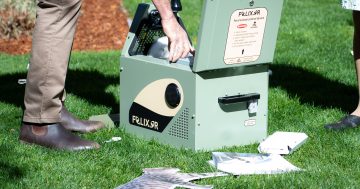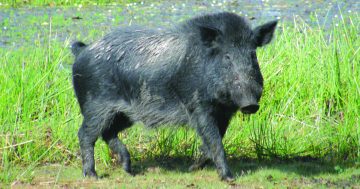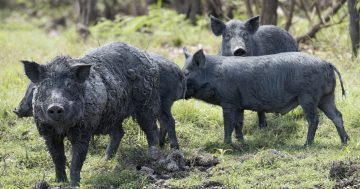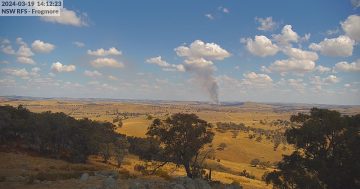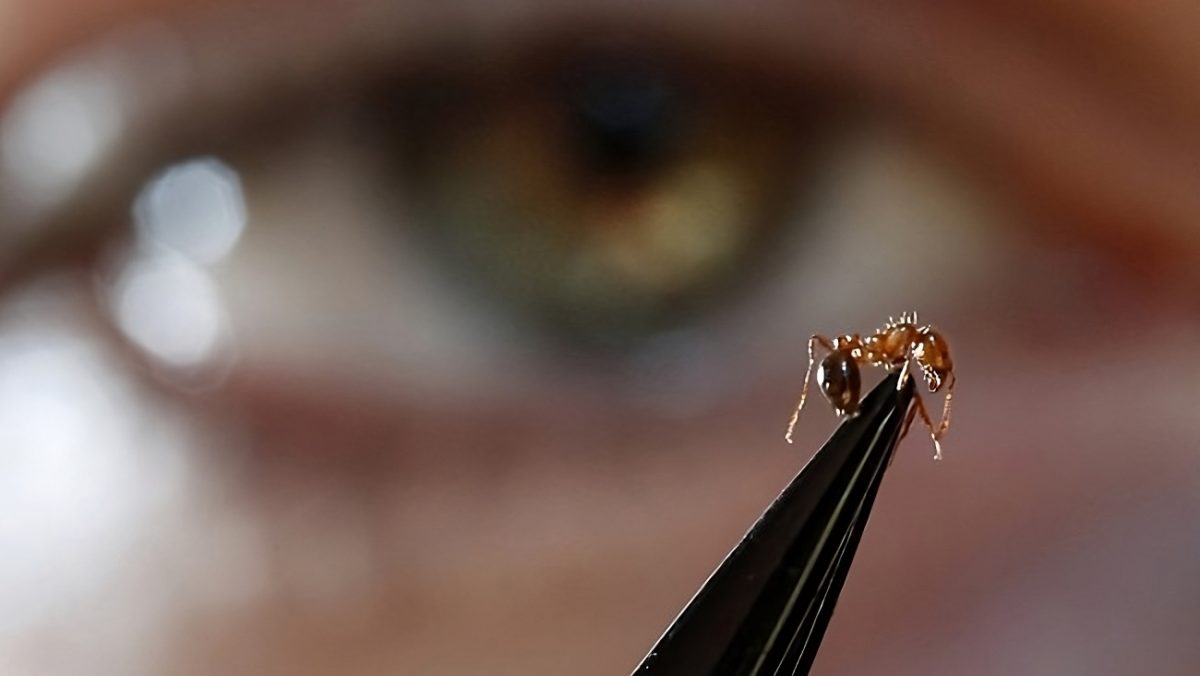
Fire ants are dark reddish-brown with a darker black-brown abdomen and range in size from two to six millimetres long. Photo: Invasive Species Council.
The South Australian Government has put $17 million into the National Fire Ant Eradication Program, currently focused on stemming the tide of this invasive species from its hub in south-east Queensland.
Aside from Western Australia, every other state and territory has now locked in funding that will last until 2027.
The SA announcement follows a senate inquiry that heard evidence from a range of experts and stakeholders that the current level of contribution from governments was not enough to eradicate the pest.
During the hearings, former Inspector General of Biosecurity Helen Scott-Orr shared with the inquiry her strategic review of the program in 2021. It recommended an annual allotment of between $200 and $300 million over the next decade, with $593 million required in the first four years.
Otherwise Australia would have to bear at least $2 billion in damage per year from fire ants.
The Invasive Species Council is calling for a rapid review of funding levels for the eradication program, along with several changes to the fire ant response. They include:
- Establishment of a new independent fire ant eradication authority
- Increased funding over the next decade to achieve full eradication
- Improved transparency and stakeholder inclusion in program oversight
- A scaled up public awareness campaign to mobilise the community
- And greater investment in fire ant population suppression in Queensland.
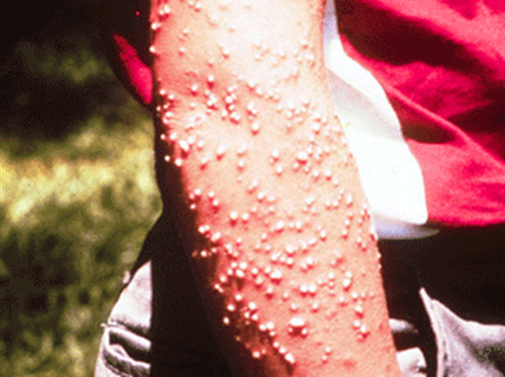
Pustules resulting from fire ant stings. Photo: Murray S. Blum, The University of Georgia.
Advocacy Manager with the Council, Reece Pianta said almost all of Australia was at extreme risk of a deadly fire ant invasion if they were not eradicated in south-east Queensland.
“It is essential that all governments provide the funding needed to win this fire ant war, so we welcome the South Australian Government’s important commitment,” said Mr Pianta.
“Fire ants are one of the world’s worst super pests and, if they are allowed to spread across the continent, their economic impact will be greater than cane toads, rabbits, feral cats and foxes combined.”
The council said if fire ants get out of control, it would cut agricultural output by up to 40 per cent and could cause up to 650,000 extra medical appointments each year.
“Eradication is still possible, but only if Australia’s state and federal governments ensure that the level of resources meets the needs on the ground,” said Mr Pianta.
The pest initially came into Australia in the late 90s via freight from the US, but weren’t found until 2001. While they’re originally from South America, they’ve already spread across most of southern US and are spreading across China at a rate of around 80 km per year.
Their capability to form rafts during flood events, stowaway in freight or soil, and spread by Queen ant flights at about 5 km per year (up to 30 km in favourable conditions) means they’ve been able to evade containment in south east Queensland due to a lack of resources.




